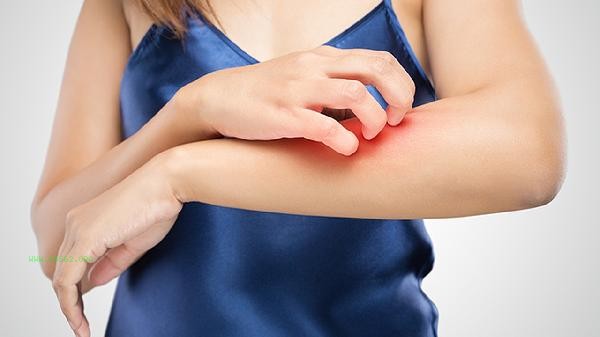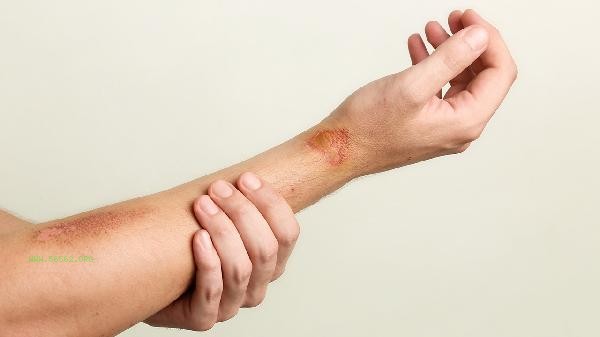Muscle strain in the arm can be promoted through rest and braking, alternating cold and hot compress, medication treatment, physical therapy, rehabilitation training, and other methods to facilitate recovery. Muscle strains are usually caused by excessive exercise, incorrect posture, external impact, muscle fatigue, insufficient warm-up, and other reasons.

1. Rest and Braking
During the acute phase, activities should be stopped immediately, and the injured area should be secured with bandages or protective gear to avoid secondary injury. Severe cases require a triangular bandage to suspend the forearm and maintain muscle relaxation. The braking time is adjusted according to the degree of damage. Mild strains may take 48 hours, while severe strains may take 1-2 weeks.
2. Alternating between cold and hot compress
Within 24-48 hours after injury, apply ice for 15 minutes every 2 hours to reduce swelling and inflammation. After 48 hours, switch to hot compress to promote blood circulation. You can use a hot water bag or warm patch, with the temperature controlled at around 40 ℃, 3-4 times a day, not exceeding 20 minutes each time.
3. Drug treatment
When pain is obvious, non steroidal anti-inflammatory drugs such as ibuprofen sustained-release capsules, diclofenac sodium sustained-release tablets, or flurbiprofen gel ointment for external use can be used according to the doctor's advice. Muscle spasms can be treated with methylprednisolone hydrochloride tablets, and severe swelling can be treated with short-term oral administration of diosmin tablets to improve microcirculation.

4. Physical therapy
Ultrasound therapy can promote tissue repair, and shock wave therapy is suitable for chronic adhesion. Low frequency electrical stimulation can be used to maintain muscle tone during the mid recovery period, and infrared radiation can help alleviate stiffness. The treatment frequency is usually 2-3 times a week, and the course of treatment is adjusted according to the recovery situation.
5. Rehabilitation training
After pain relief, passive joint activity begins and gradually transitions to resistance training. In the initial stage, low-intensity exercises such as grip ball squeezing and stretch with elastic bands will be carried out, and in the later stage, strength training such as dumbbell bending and push ups will be added. The training intensity should be based on the degree of not causing pain, and the load should be increased weekly. During the recovery period, it is important to ensure high-quality protein intake and supplement with moderate amounts of vitamin C and calcium daily. Use a pillow to elevate your arms during sleep to reduce swelling and avoid lifting heavy objects or sudden forceful movements. If there is no relief or abnormal noise or joint deformation after two weeks, seek medical attention promptly to rule out serious injuries such as tendon rupture. In the later stage, low impact exercises such as swimming and yoga can be used to prevent recurrence.









Comments (0)
Leave a Comment
No comments yet
Be the first to share your thoughts!